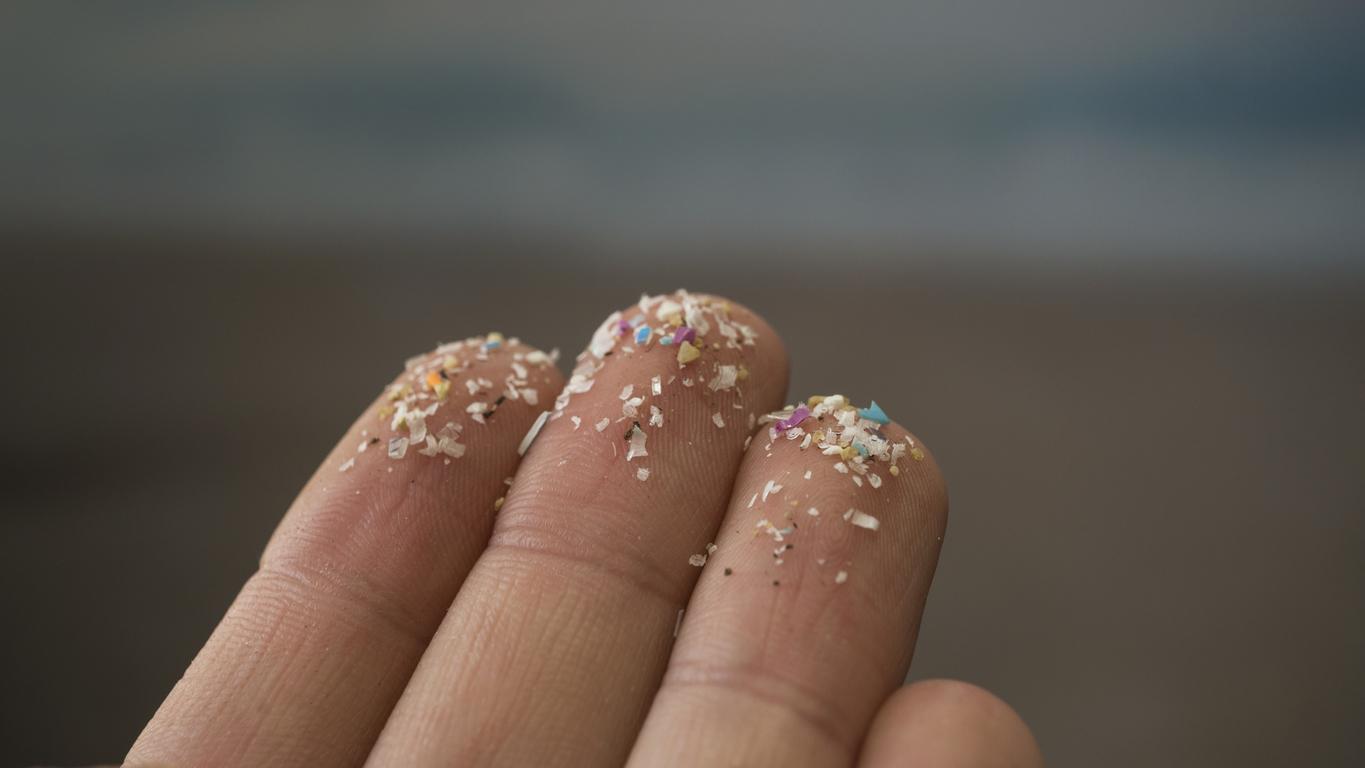Environmental contaminants found in our interiors are not only harmful to male fertility. According to a new study, the quality of semen in domestic dogs is also affected.

Men are not the only ones to suffer from pollution in homes: their faithful companions too. This is highlighted by a new study conducted by scientists from the University of Nottingham, England. Published in the journal Scientific Reportsshe suggests that the chemical pollutants used in our everyday products but also in certain food packaging have the same harmful effects on male fertility, whether it is that of humans or domestic dogs.
The dog, “mirror” of the decline of reproduction in humans
Two chemicals in particular caught the attention of researchers: first, the common plasticizer DEHP. This phthalate, known to be an endocrine disruptor, is widely used in our everyday products to increase the flexibility of plastics. Today prohibited in all toys and childcare articles intended for children, it is found in many utensils such as shower curtains, garden hoses, plastic film and containers for storing food, but also in carpets, floor coverings or in the upholstery of certain furniture. The other chemical component to have been analyzed is polychlorinated biphenyl 153 (PCB 153), a persistent industrial product which is now banned but which remains largely detectable in the environment and in food.
The researchers conducted identical experiments in humans and dogs and used semen samples from donors and breeding dogs living in the same region in the UK. The results show that the chemicals, at concentrations relevant to environmental exposure, have the same harmful effect on human sperm as they do on dogs.
“This new study supports our theory that the domestic dog is indeed a ‘sentinel’ or mirror of reproductive decline in humans,” says Richard Lea, associate professor and senior lecturer in reproductive biology at the School of Veterinary Medicine and Science. “Our findings suggest that human-made chemicals that have been widely used at home and at work may be responsible for the reported decline in semen quality in humans and dogs, which share the same environment.”
Less mobile sperm
In particular, the researchers found that human subjects such as dogs exposed to these chemical compounds showed a reduction in the motility of spermatozoa, as well as increased DNA fragmentation.
“We know that when human sperm motility is low, DNA fragmentation increases…We now believe it’s the same in pet dogs because they live in the same environment household and are exposed to the same contaminants,” says doctoral student Rebecca Sumner, who participated in the study.
According to her, this finding could mean that dogs are an effective model for future research into the effects of pollutants on fertility decline, “particularly because external influences such as diet are easier to control than in the man”.
.
















